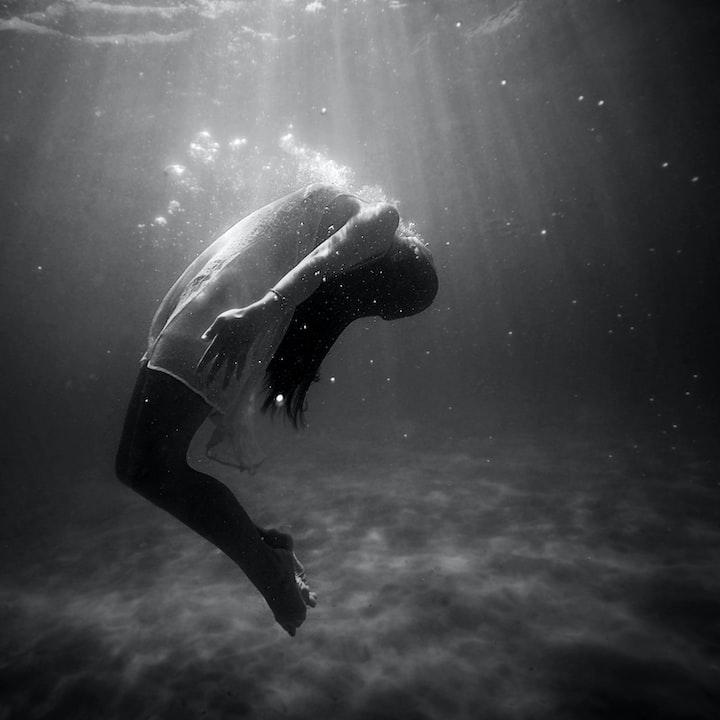Depression is a serious medical illness that negatively affects how you feel, the way you think and how you act. Fortunately, it is also treatable. Depression causes feelings of sadness or a loss of interest in activities once enjoyed. It can lead to a variety of emotional and physical problems and can decrease a person’s ability to function at work and home.
There are six types of depression: major depression, dysthymia, bipolar disorder, seasonal affective disorder (SAD), postpartum depression (PPD), and premenstrual dysphoric disorder (PMDD). Major depression is the most common type of depression. Dysthymia is a less severe form of major depression that lasts for at least two years. Bipolar disorder is characterized by alternating periods of mania and depression. SAD tends to occur during the fall and winter months when there is less sunlight exposure. PPD occurs after childbirth. PMDD occurs during the week or two before menstruation begins each month.
Dysthymia
While the exact cause of dysthymia is unknown, it is thought to be caused by a combination of genetic and environmental factors. Dysthymia tends to run in families, so there may be a genetic predisposition for the condition. Additionally, stressful life events or trauma can trigger the onset of dysthymia.
Dysthymia can occur at any age but is most common in young adults and middle-aged adults. Women are also more likely than men to experience dysthymia. The condition can last for years and may even become chronic if left untreated.
Fortunately, dysthymia is highly treatable with psychotherapy and medication. Cognitive behavioral therapy (CBT) has been shown to be particularly effective in treating dysthymia. CBT helps you identify negative thinking patterns that contribute to your depressed mood and teaches you how to replace these thoughts with more positive ones. Medication such as antidepressants can also be helpful in treating dysthymia by easing symptoms such as sadness, fatigue, and insomnia. If you think you might be suffering from dysthymia, talk to your doctor about treatment options.
Bipolar Disorder
Symptoms of bipolar disorder can be severe. They may include mania and depression, which can interfere with a person’s ability to function at work or school and handle personal relationships. Bipolar disorder often runs in families. But it can occur in people who have no family history of the illness.
There are four basic types of bipolar disorder; each type describes a different set of symptoms: 1) Bipolar I Disorder-defined by manic episodes that last at least 7 days (or by manic symptoms that are so severe that hospitalization is necessary). Usually depressive episodes also occur with periods of normal mood in between. 2) Bipolar II Disorder-a milder form of bipolar I characterized by depressive episodes intermingled with hypomanic ones (hypomania is similar to mania but not as severe). 3) Cyclothymic Disorder (also called Cyclothymia)-a relatively mild form of bipolar disorder where people experience hypomanic and depressive symptoms for at least 2 years (1 year in children and adolescents). However, these symptoms don’t meet the full criteria for either major depression or mania/hypomania. 4) Unspecified Bipolar and Related Disorders-used when a patient has signs and symptoms suggestive of bipolarity but does not fit neatly into any specific category above.”
Psychotic Depression
Psychotic depression is a very serious mental illness. It can be disabling and even life-threatening. If you think you might be experiencing psychosis, it’s important to get help from a mental health professional right away. Psychotic depression is treatable, and the sooner treatment starts, the better the chances for recovery.
